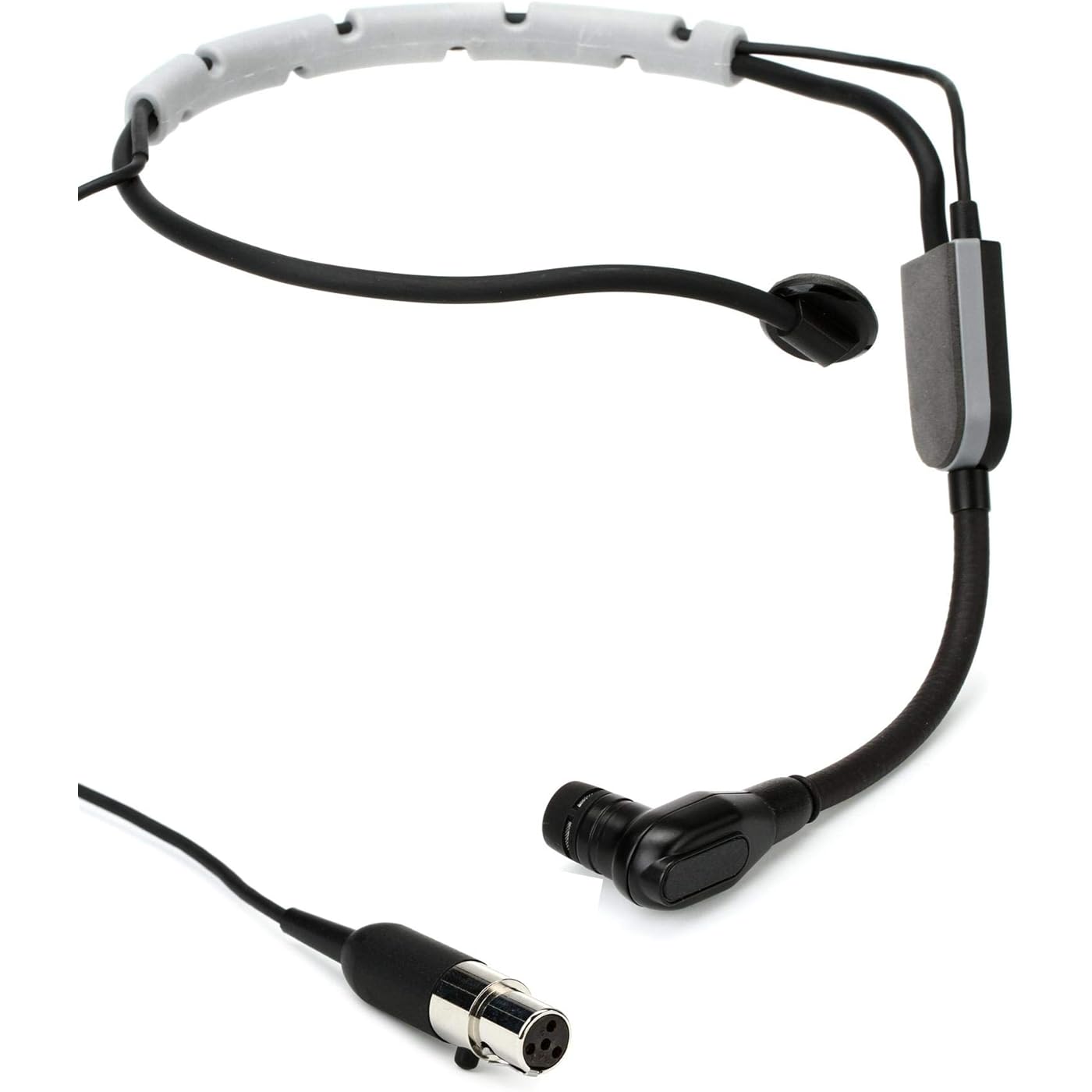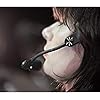Shure SM35 Performance Headset Condenser Microphone for Hands-Free Audio, TQG Connector for use with Wireless Systems - Bodypack Transmitter Sold Separately (SM35-TQG)




Buy Now, Pay Later
- – 6-month term
- – No impact on credit
- – Instant approval decision
- – Secure and straightforward checkout
Ready to go? Add this product to your cart and select a plan during checkout.
Payment plans are offered through our trusted finance partners Klarna, Affirm, Afterpay, Apple Pay, and PayTomorrow. No-credit-needed leasing options through Acima may also be available at checkout.
Learn more about financing & leasing here.
Selected Option
FREE 30-day refund/replacement
To qualify for a full refund, items must be returned in their original, unused condition. If an item is returned in a used, damaged, or materially different state, you may be granted a partial refund.
To initiate a return, please visit our Returns Center.
View our full returns policy here.
Style: TQG Connector (Wireless)
Features
- This microphone is compatible with Shure wireless bodypacks (e.g. BLX1), and connects to the body pack via 4-pin TA4F (TQG) connector.
- Wireframe headset fits securely and comfortably for active performers and multi-instrumentalists
- Tight, unidirectional cardioid polar pattern rejects signal bleed and feedback for use on loud stages and behind floor monitors
- Flexible gooseneck design allows for optimized placement that further improves source isolation
- Lightweight and low-profile form enables comfortable, long-wearing use
- Locking snap-fit windscreens tame plosives, breath, and wind noise for clean and intelligible sound
- Tailored frequency response refined for clear, crisp vocal reproduction
- Legendary Shure precision engineering for durability and performance
- Also in the box: 2 - Windscreens, and 1 - Headset Clip
Description
The SM35 Performance Headset Condenser Microphone gives multi-instrumentalists the freedom to express themselves without sacrificing sound quality. A tight, unidirectional cardioid polar pattern provides excellent rejection of off-axis sound sources to prevent feedback and signal bleed onstage, whether in use in small clubs, large installations, or arena tours. From the Manufacturer People won't listen if you don't sound good, but you'll capture their attention and keep it when you use the Shure SM35 headset microphone. Whether you're singing, giving a presentation, or showing a product in a hands-on demonstration, the comfortable SM35 gives you crisp, clear vocal reproduction while reducing outside noises. The included windscreen cuts down on breath and wind noises, and the flexible gooseneck makes it effortless to put the mic right where you need it. When you need hands-free capability from your Shure wireless system, get the Shure SM35 headset microphone. IMPORTANT NOTE: - TQG version REQUIRES a Shure wireless body pack system or the RPM626 in-line amplified to work properly. - The TQG requires an in-line pre-amp (RPM626) or a Shure wireless system to achieve both power and gain. - The SM35-TQG is only compatible with Shure body packs or devices with a TA4F connector. The headset locks and does not comes in and out when used with a device with a TA4F connector.
Recommended Uses For Product: Singing
Brand: Shure
Model Name: SM35
Connectivity Technology: Wireless (Bodypack Sold Separately)
Connector Type: TA4F (4-pin mini XLR)
Special Feature: Lightweight
Compatible Devices: Shure wireless bodypacks
Color: Black & Gray
Included Components: 2 Windscreens, 1 Headset Clip
Polar Pattern: Unidirectional
Audio Sensitivity: 35 Decibels
Item Weight: 6.4 ounces
Microphone Form Factor: Microphone Only
Item dimensions L x W x H: 3.2 x 7.6 x 6.4 inches
Power Source: PHANTOM POWER All condenser microphones require phantom power to operate. Please refer to the User Manual for more details on power requirements.
Material: Metal
Signal-to-Noise Ratio: 78 dB
Number of Channels: 1
Frequency Response: 20 KHz
Global Trade Identification Number: 20
Manufacturer: Shure
UPC: 042406325820
Product Dimensions: 3.2 x 7.6 x 6.4 inches
Item model number: SM35-TQG
Is Discontinued By Manufacturer: No
Date First Available: March 7, 2014
Color Name: Black & Gray
Material Type: Metal
Frequently asked questions
To initiate a return, please visit our Returns Center.
View our full returns policy here.
- Klarna Financing
- Affirm Pay in 4
- Affirm Financing
- Afterpay Financing
- PayTomorrow Financing
- Financing through Apple Pay
Learn more about financing & leasing here.




















